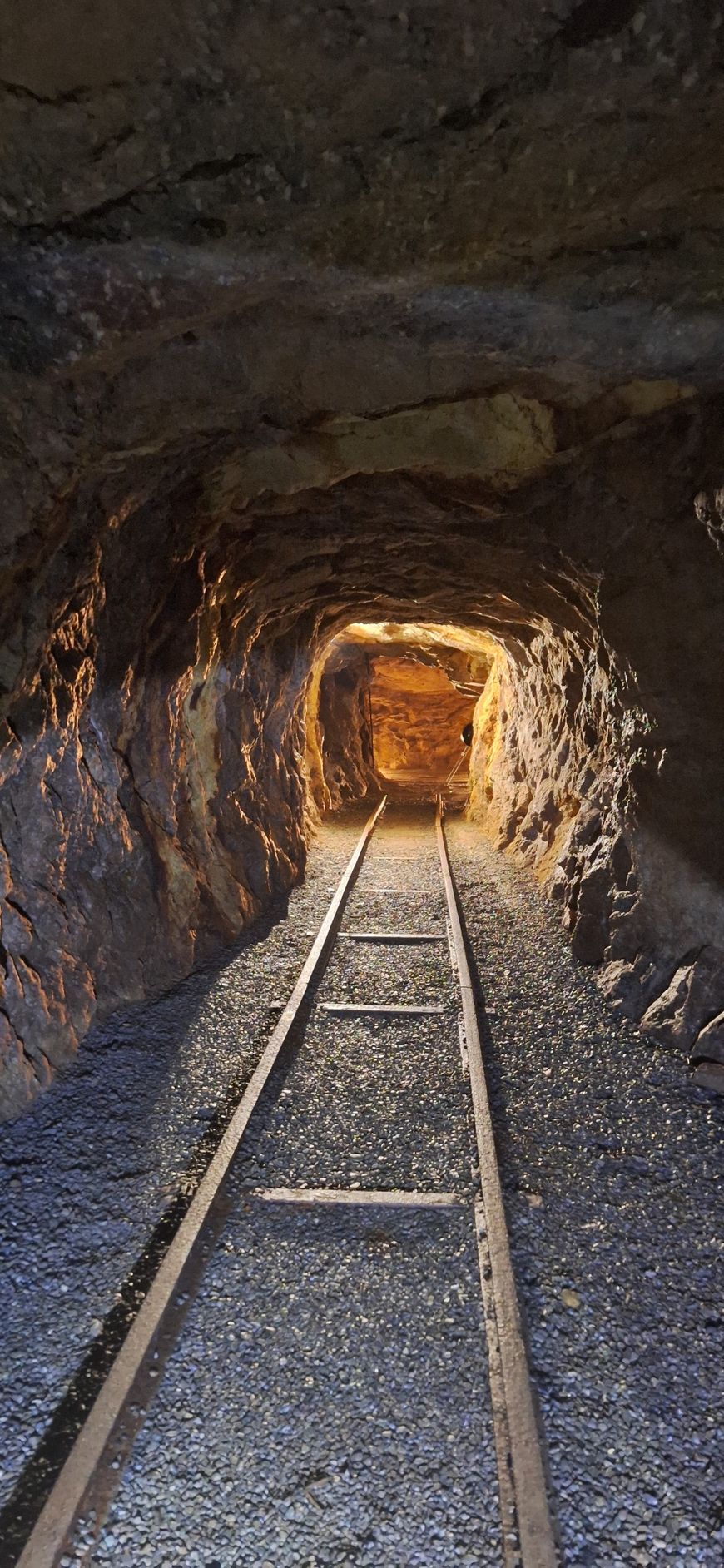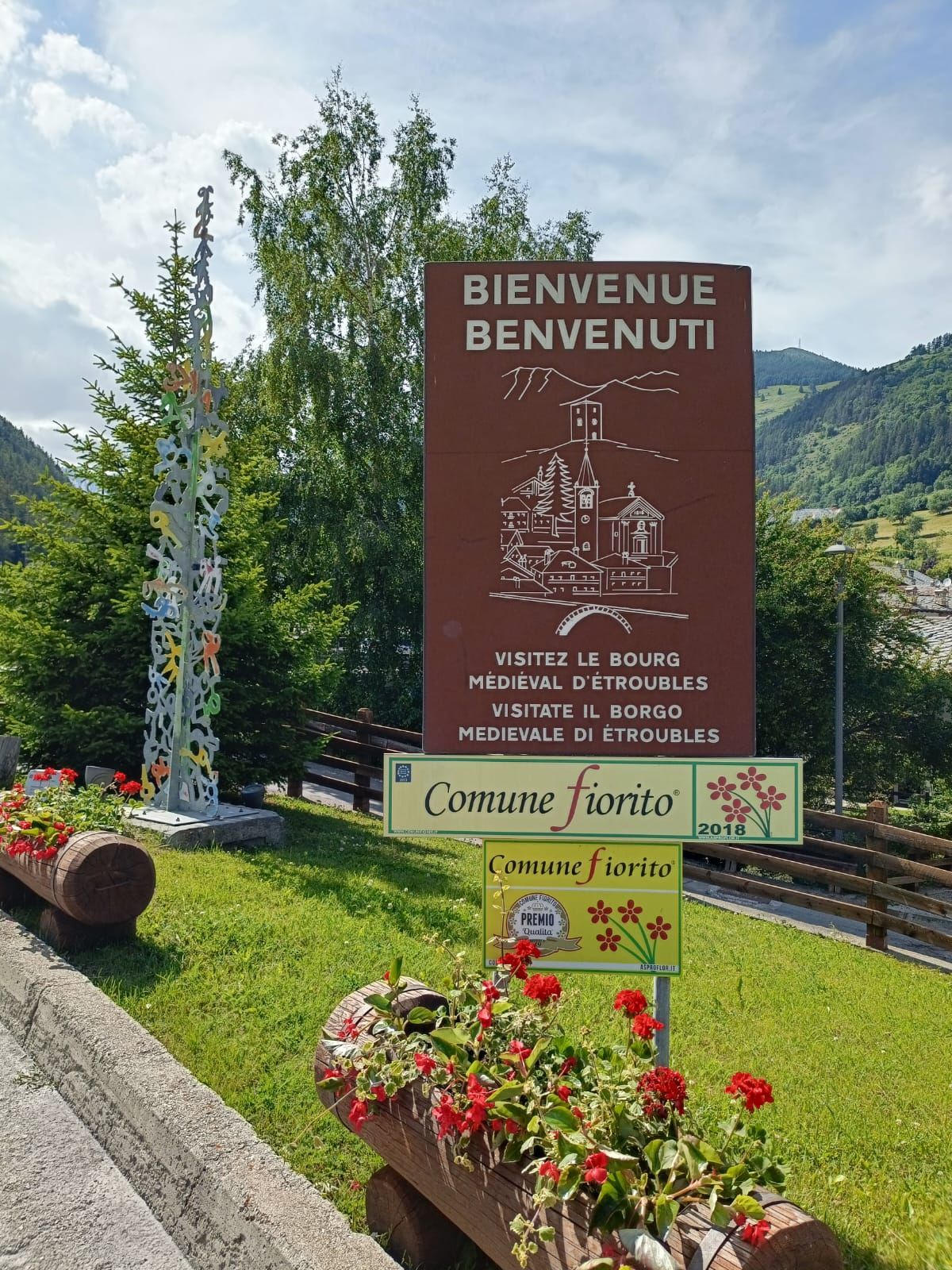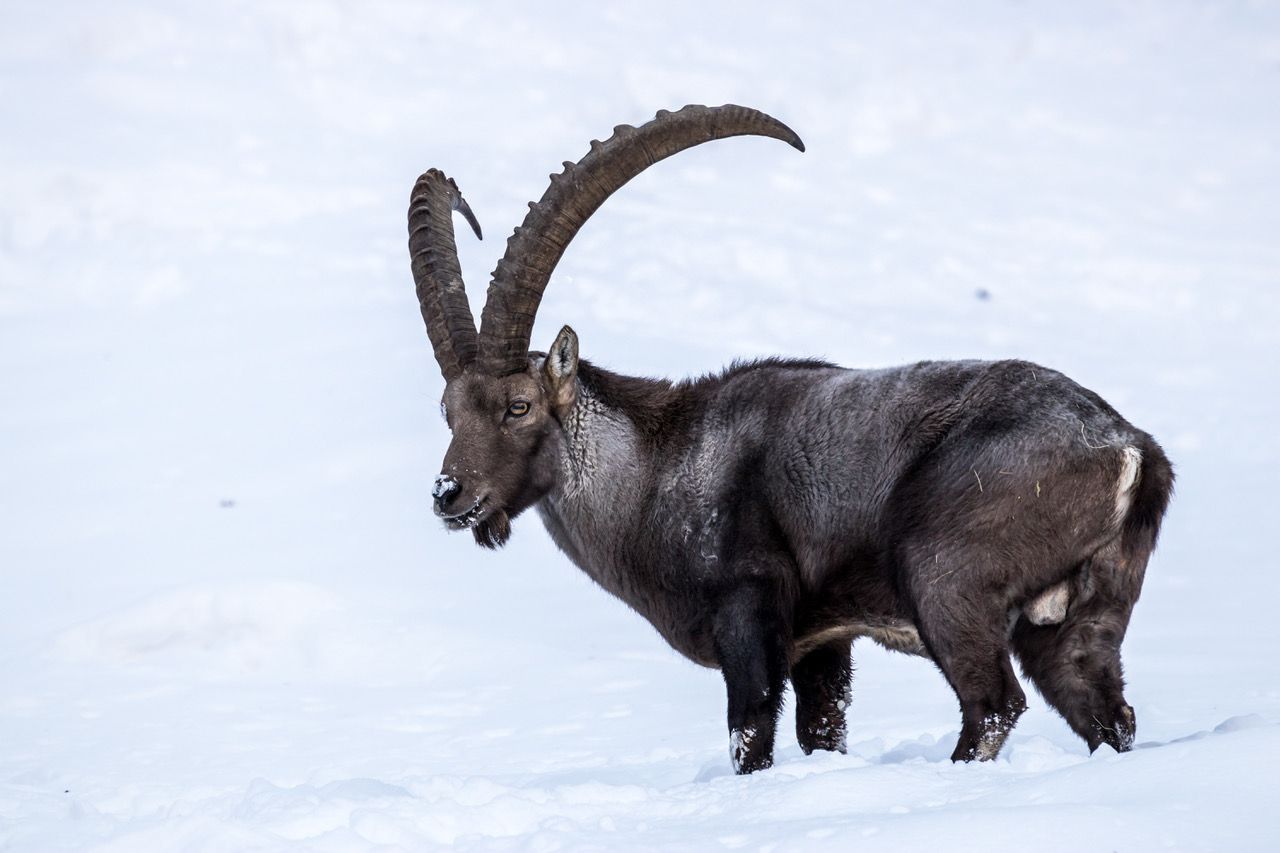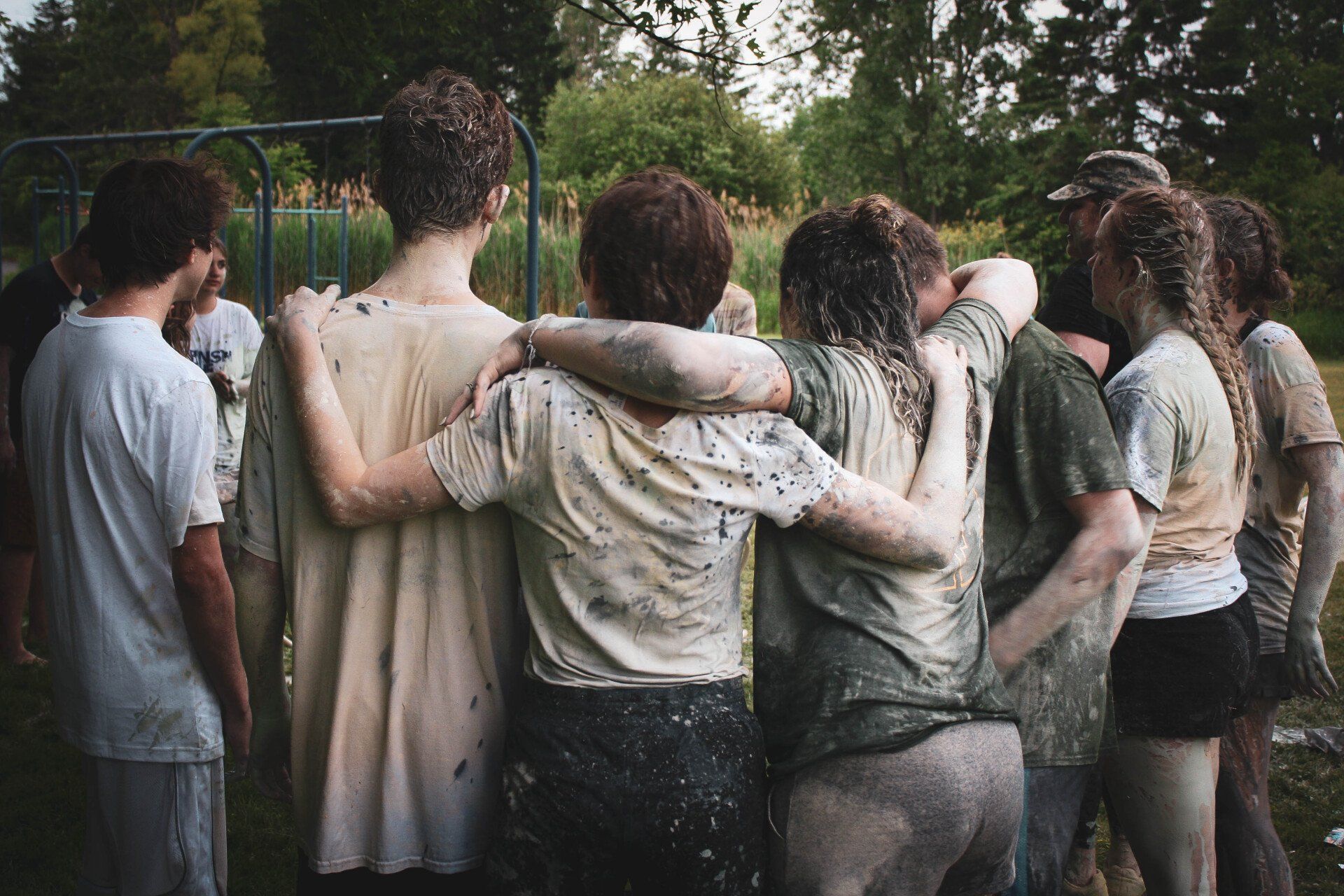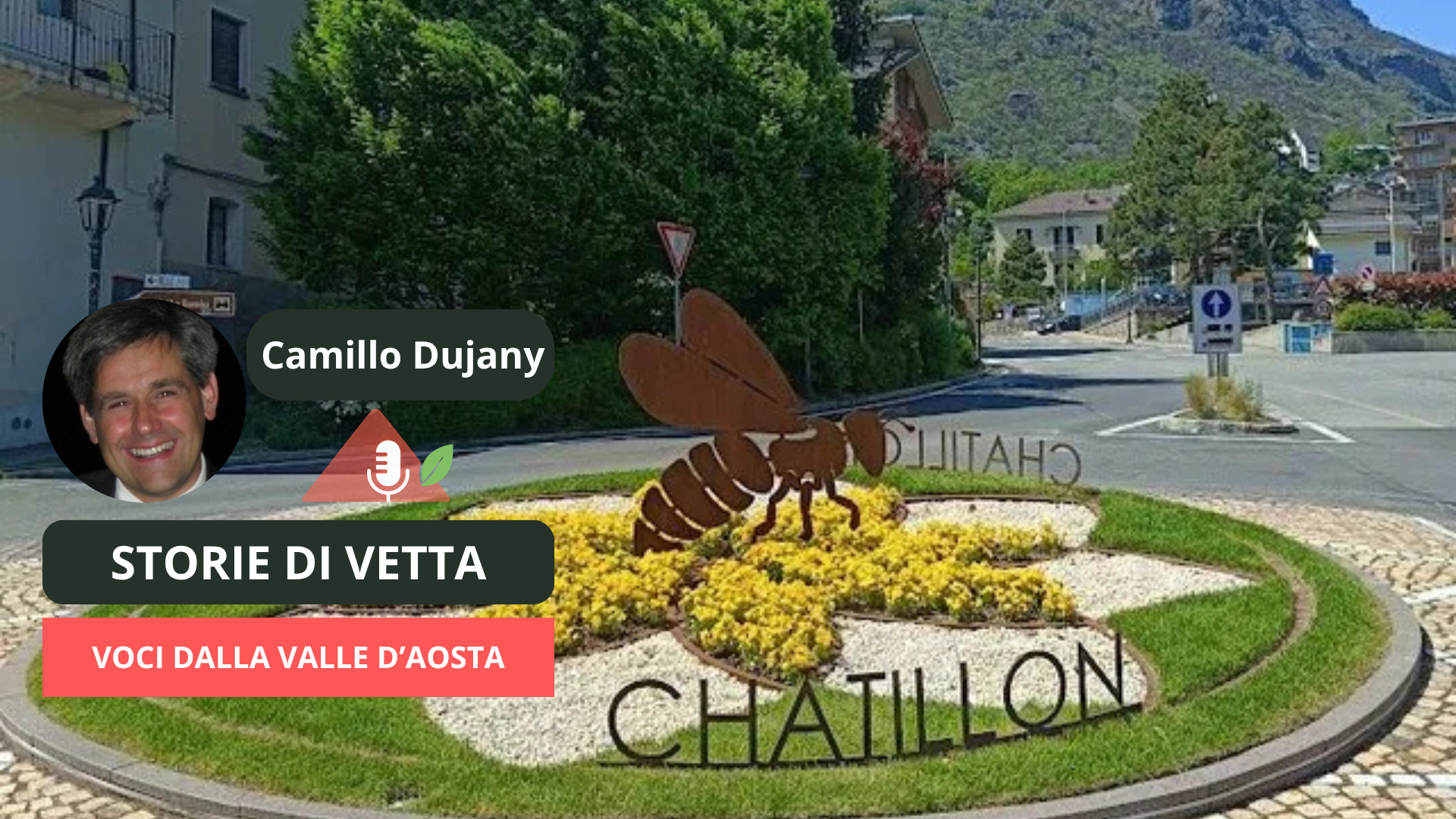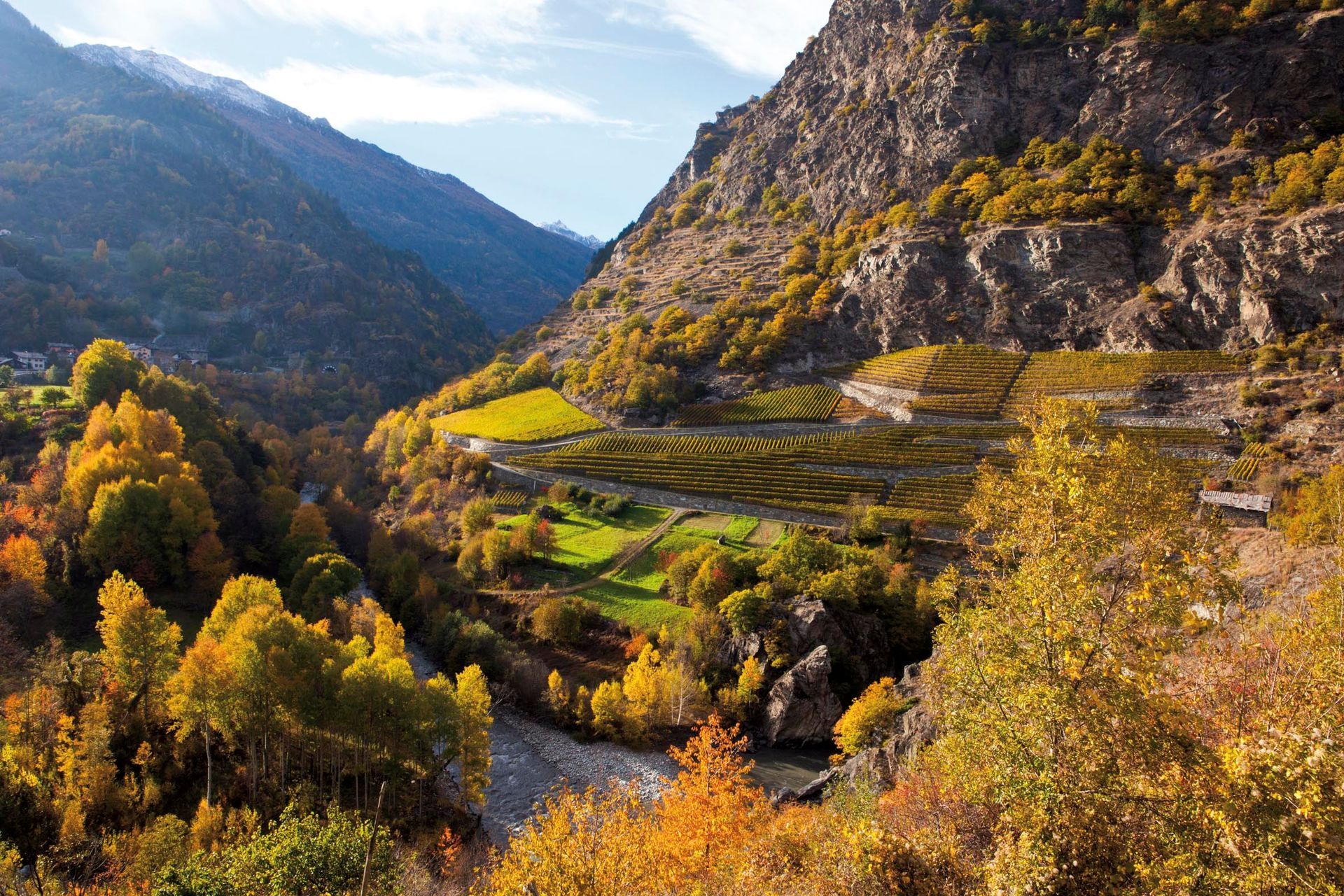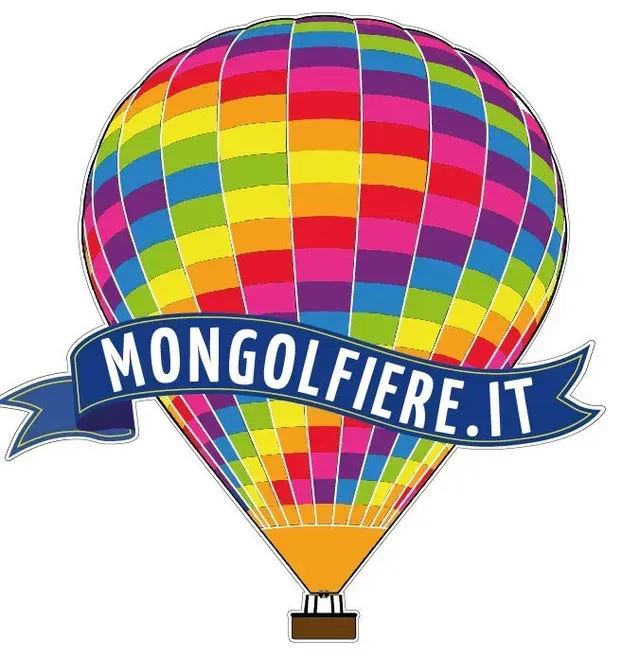Top Places to Visit in Aosta Valley in Summer 2025 – Discover the Best of the Italian Alps
🌄Unforgettable Summer Experiences in Aosta Valley
Aosta Valley in summer isn’t just about mountain views and fresh air — it’s a place to truly connect with Alpine culture. Whether you’re hiking ancient trails, exploring medieval villages, tasting local food, or relaxing in peaceful nature, every experience becomes a lasting memory. And if you visit in late July or early August 2025, you’ll also have the chance to attend some of the region’s most beloved traditional festivals and artisan fairs.
We’ve selected 5 must-see places to visit, all easily reachable from
Liberty House Alps.
Enjoy the read and get inspired for your next Alpine escape!
🏔️ 1. Chamois: The Pearl of the Alps
A car-free Alpine village offering hiking trails, scenic views, and traditional architecture.
🏞️ Chamois: A Car-Free Alpine Pearl in the Heart of the Italian Alps
Chamois is a pristine mountain oasis and proud member of Alpine Pearls, a network of just 19 Alpine villages across Europe committed to sustainable tourism and soft mobility.
Perched at 1,816 meters above sea level and surrounded by streams, lakes, and pastures, Chamois has been Italy’s only car-free municipality since 1955. It can be reached exclusively via cable car from Buisson, or on foot, by bike, or on horseback along scenic mountain trails.
🗺️ A key stop on the Great Matterhorn Balcony, Chamois offers countless summer hiking routes winding through flower-filled meadows and centuries-old forests, with breathtaking views of the surrounding peaks. On these trails, you may encounter chamois, marmots, foxes, ibex, and roe deer, while the skies are often patrolled by the bearded vulture, black grouse, and, occasionally, the golden eagle.
Among the village’s most iconic spots are:
- Lake Lod, a clear and seasonal mountain lake with picnic areas, bars, and restaurants along its shores.
- Point Sublime, a panoramic viewpoint at 2,520 meters, offering sweeping views of the upper Matterhorn Valley—accessible via a 2-hour hike or by chairlift during the high season.
🏡 What makes Chamois truly unique, beyond its nature and silence, is its traditional Alpine architecture. You'll find many well-preserved rascards—historic rural buildings typical of French-speaking Switzerland and Savoy—with a stone base, wooden upper floor, and raised supports that once protected crops from rodents and humidity.
🌾 The terraced land, now grazed by chamois, reflects the village’s agricultural past. Rye, barley, and oats once sustained the community thanks to the resilience of its farmers. Chamois had three mills (one of which, in Corgnolaz, has been restored) and three communal bread ovens, two of which are still in use (in Corgnolaz and Suisse). The black rye bread tradition lives on through the Lo Pan Ner festival, a cross-border celebration involving traditional ovens from France to Slovenia.
✈️ Chamois is also home to Italy’s first altiport, where panoramic flights over the Matterhorn and flying lessons are available for visitors seeking a sky-high perspective.
🔗 More information on lovechamois.it
⛏️ 2. Brusson and the Gold Mine
Explore the Chamousira gold mine with guided tours into the underground tunnels.
⛏️ The Gold Mine of Chamousira: Discover Brusson's Hidden Underground World
Near the village of Brusson, you'll find the Chamousira gold mine, the most important historical mine in the Aosta Valley. Its discovery dates back to 1899, and today it offers a fascinating opportunity to explore underground landscapes shaped by the skill and hard labor of generations of miners.
Thanks to environmental hiking guides, several types of guided tours are available, each offering a unique perspective on the mine:
🟡 Classic Gold Mine Tour
Step back in time and learn about the geology and distribution of gold veins, mining techniques, organization of underground work, and stories of the miners who toiled here for centuries.
🔦 Gold Mine Adventure
This fully underground experience takes you across two extraction levels. You'll safely walk through dimly lit tunnels, steep inclines, and original access points used by miners, including the Descentria, an inclined passageway connecting the two levels.
🥾 Gold Mine Trekking
This hike to the mining site includes unmissable stops such as the Pozzo Maggiore shaft, entrances to the upper levels (now closed to the public), rocky outcrops, and the clifftop viewpoint offering breathtaking views over Brusson and the Ayas Valley.
🌙 A Night in the Mine
When the sun sets, the adventure begins. Equipped with a headlamp—and with a little help from the moon and stars—you’ll explore the mine’s nocturnal atmosphere guided by an experienced environmental guide.
🔗
More information:
www.mine-experience.com
🎨 3. Étroubles: Open-Air Art Museum
Discover art installations integrated into the historic village streets of Étroubles.
🎨 Étroubles: An Open-Air Art Village on the Via Francigena
The medieval village of Étroubles, located at 1,270 meters in the Great St. Bernard Valley, has become a true open-air museum since 2005. It hosts permanent and temporary works by contemporary artists from Italy, France, Switzerland, and of course, the Aosta Valley.
The permanent exhibition titled “À Étroubles avant toi sont passés” winds through the cobblestone streets, colorful flower displays, and traditional Alpine architecture of this enchanting village along the historic Via Francigena.
As you stroll through the village, you’ll encounter sculptures in wood, metal, and stone, as well as murals and paintings that interact with the local heritage: ancient fountains, traditional stone houses, and the 19th-century parish church with its frescoes and 15th-century bell tower.
In addition to the open-air artworks, Étroubles also offers two small but fascinating museums:
- 🧀
The Latteria Turnaria (1853):
The first cooperative dairy in the Aosta Valley, where Fontina cheese and butter were produced until 1988. It has been beautifully restored and now houses a museum illustrating the stages of traditional Fontina production. - ⚡
The Bertin Hydroelectric Power Plant (1904):
Built by Josephine Bertin, a local woman who lived in Paris and brought back the knowledge of producing electricity through water. Now an eco-museum, it tells the story of how rural Alpine communities transitioned into modernity through small daily revolutions.
🗺️
How to visit:
Self-guided visits of the village and museums are possible using the
Étroubles mobile app:
www.visitetroubles.it/flyer/
👥 Guided tours must be requested in advance and are carried out by local volunteers.
📚
Info & Contacts – Étroubles Library
📧
biblioteca@comune.etroubles.ao.it
🐾 4. Introd Wildlife Park
Observe Alpine animals in their natural habitat at the Parc Animalier d'Introd.
🐾 Introd Wildlife Park: A Close Encounter with Alpine Nature
Parc Animalier d’Introd is the first and only wildlife park in the Aosta Valley, located at the entrance of the Gran Paradiso National Park. This eco-park offers visitors of all ages the chance to observe Alpine flora and fauna up close in a peaceful and natural setting.
Like a small mountain safari, the park is home to many animals including:
- Ungulates: ibex, chamois, roe deer, red deer, wild boar
- Birds of prey: Eurasian eagle-owl, snowy owl, tawny owl, barn owl, golden eagle
- Other species: marmots, hares, foxes, badgers, squirrels, and Eurasian jays
The lakes within the park are inhabited by trout, Arctic char, Alpine frogs, and crayfish.
Among the marked plant species you’ll find edelweiss, lupins, carnations, lilies, yarrow, houseleek, and asphodel, all identified with informative signage along the trail.
The visit can be done independently along a well-marked route, which also includes picnic areas and small playgrounds. For safety reasons, pets are not allowed inside the park, but secure waiting areas for dogs are available at the entrance.Italia.it+1fr.wikipedia.org+1
Organized group visits (minimum 20 people) last about two hours and can include activities such as:
- Woodworking demonstrations
- A visit to the nearby Introd Castle
- Exploration of the traditional rural museum Maison Bruil
🔗
More information on the
official website
🎬 5. Aosta Valley in Cinema: Discover "The Eight Mountains"
Visit filming locations of the award-winning movie set in the Val d'Ayas.
🎬 Aosta Valley in Cinema: Discover The Eight Mountains
For cinema lovers, this is the film that brought the Aosta Valley to international attention in recent years.
The Eight Mountains, based on the novel by Paolo Cognetti and winner of the Jury Prize at the 75th Cannes Film Festival, tells the story of a deep friendship between Bruno (Alessandro Borghi), a mountain shepherd, and Pietro (Luca Marinelli), a city boy, set against the stunning backdrop of the Val d’Ayas Alps.
The film explores themes of friendship, identity, and the powerful connection between humans and nature. Today, these emotions can be relived through guided hiking tours to the film’s most iconic locations: the Graines Valley, the Frudière lakes, Pietro’s hut, the Palasina pastures, and Lake Literan.
One very special guest often joins the excursions: Margherita the mule, who appeared in several scenes of the film, along with her owner—who also worked as the animal stunt double and shares behind-the-scenes stories during the tour.
More information and bookings:
🌐
visitbrusson.com
🎉 Must-See Events of Summer 2025 in Aosta Valley
If you're planning a holiday in Aosta Valley during the summer, don't miss the chance to experience some of the region’s most authentic and beloved events celebrating local craftsmanship and Alpine culture:
🗓️ July 19–27, 2025 – Traditional Craftsmanship Exhibition and Competition in Saint-Vincent. This event rewards the best artisans in the region for the quality and originality of their creations. A unique opportunity to discover traditional wood carvings, sculptures, textiles, and objects that tell the story of Alpine life.
🛍️ July 31 – August 3, 2025 – Atelier des Métiers in the historic centre of Aosta. A refined open-air market where selected artisans showcase and sell their handcrafted products — a true outdoor workshop of quality and creativity.
🎨 August 2, 2025 – Foire d’Été in Aosta, the summer edition of the historic Fiera di Sant'Orso. With over 500 artisans, live music, and local tastings, it’s the perfect event to experience the warm and lively atmosphere of Aosta Valley.
👉 Staying with us during these dates? We’ll be happy to give you tips on how to reach the events and which stands are not to be missed!
🛏️ Where to Stay
Liberty House Alps in Châtillon is in a strategic location — just 10 to 30 minutes by car from all the experiences featured above.





